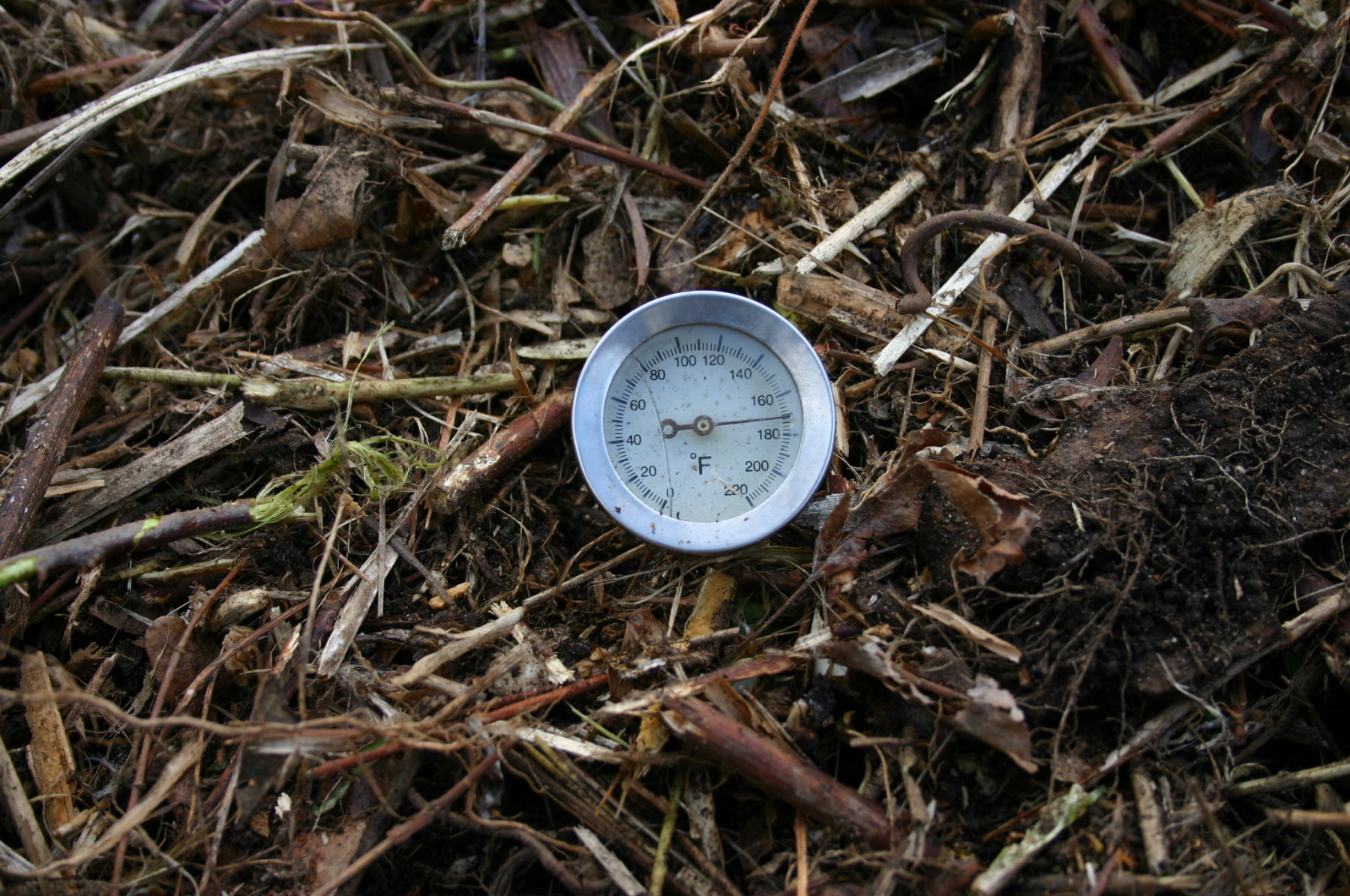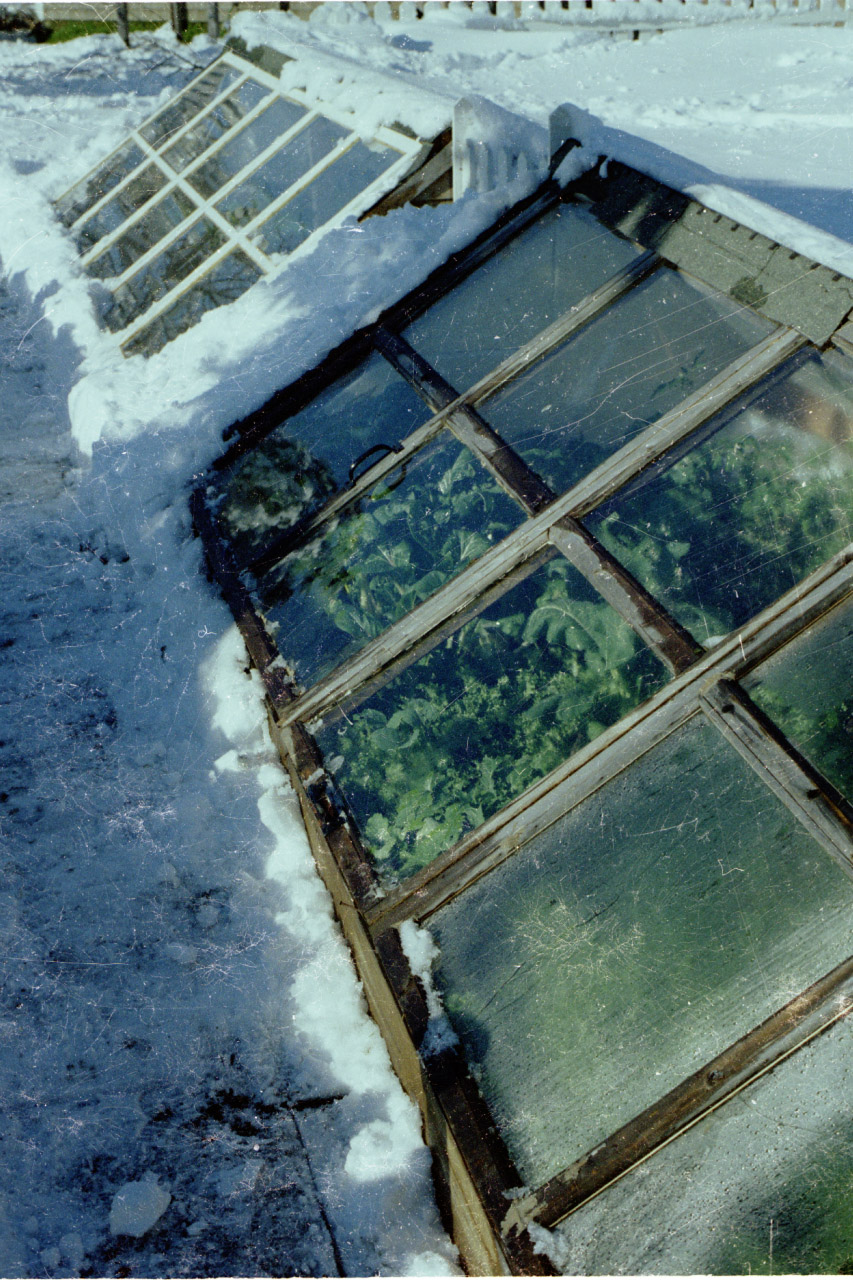
In New England, heating a greenhouse in winter makes the difference between being able to grow citrus trees or tropical herbs and flowers versus growing only plants that can tolerate cold and even an occasional freeze. For many greenhouse owners in northern climates, growing the tropical and semi-tropical options is just too tempting. This means that these cold-sensitive plants will have to be artificially heated for several months of the year.
If you’re thinking about installing a method of heating your greenhouse, or upgrading the heating system you currently have, you’ll need to consider a number of things. These include the power source to use, the specific heating unit to purchase, and whether you’ve adequately air-sealed, insulated, and added thermal storage in your greenhouse to hold that precious heat inside. In this article we’ll cover the first of these three topics, looking at the pros and cons of different power-source choices. In Greenhouse Heating, Parts 2 and 3, we’ll cover the other two topics.
Cost Per BTU
Many greenhouse owners simply plug in an electric heater and call it done. But the cost of electricity can get expensive when the heater runs continuously during an extremely cold spell. That’s why it’s worth comparing various power sources before deciding on one.
To make this comparison, you should first estimate the amount of heat in BTUs (British thermal units) that your greenhouse will need during your region’s typical winter. You can use an online BTU calculator for this or you can find one in my book, ‘How to Build Your Own Greenhouse.’. Then look at the cost of each type of fuel per BTU in your area, as well as how readily available it is. Price and availability can vary quite greatly in different parts of the country, as can the likelihood of a sharp price increase. For example, back when I used propane to heat my greenhouse, I had to refill two 40-gallon tanks weekly during the coldest part of winter, when the outdoor temperature dropped below 15˚F. One winter the cost of a refill jumped from $28 to $46, blowing my heating budget out the greenhouse window!
Power-Source Options
A number of power sources can be used in a greenhouse. These are a few of what is available.
Electricity: Power-grid electricity is very readily available, but it can be expensive. When I turn on the electric heater in my greenhouse, my electricity bill doubles. For calculation purposes, one Kw/hour of electricity gives about 3,400 BTUs of heat. Of course, the price of electricity can vary quite significantly depending on locale. But in general, it’s wise not to simply assume that electricity from your power company is the best option for greenhouse heating just because plugging a cord into a socket is so easy. You do have other options. Unfortunately, getting the required electricity from solar panels or other renewable sources isn’t usually a cost effective one because electric heating units consume so much power.
Heating Oil: Oil has long been a common fuel for heating a home, and it can also be used to heat a greenhouse. One gallon of #2 heating oil yields about 138,000 BTUs, which is quite a high output. But you’ll have to install a furnace to burn heating oil, making the initial cost expensive. In addition, you’ll need adequate space for both the furnace and an oil tank, which is another significant consideration that might prohibit this option.

Propane: I think that propane is one of the better fossil fuels for heating a greenhouse. One cubic foot of pressurized propane gas gives about 2,500 BTUs; one pound of propane gives about 21,500 BTUs; and one gallon of propane gives about 91,000 BTUs. Propane is quite readily available. You can fill smaller propane tanks the same way you fill the tanks for your outdoor grill – at a hardware store, a grocery store, a big-box store, etc. If you decide on propane tanks up to 100 lbs, set up a system with two tanks and a switch to automatically go to the filled tank as the other runs low. Larger quantities of propane can be delivered to keep bigger tanks filled.
Natural Gas: In my opinion, if it’s available in your area, natural gas is the best fossil-fuel heat source for a greenhouse. Unfortunately, I live on an island with no gas lines to it, so this fuel isn’t an option for me. The heat output of natural gas isn’t as high as that of propane, with a cubic foot of it producing about 1,000 BTUs. But the price of natural gas tends to be significantly lower than that of propane.
Kerosene: One gallon of kerosene produces about 135,000 BTUs, making its yield fairly close to that of heating oil and significantly more than that of propane. But heating with kerosene tends to put a substantial amount of moisture into the air, which can encourage mildew on plants. Kerosene also burns less cleanly than propane, so it puts more emissions into the atmosphere than propane does. Because of these drawbacks, I tend to think of kerosene as largely a backup fuel for greenhouse heating despite its high energy output.
Wood: At 18,000,000 to 24,000,000 BTUs per cord of wood, it would seem to be an inexpensive method to heat a greenhouse. However, it is coldest near dawn and if you load a wood stove inside your greenhouse and let it burn all night, it is at its lowest just before dawn. That may mean that you will have to get up around 3 am to refill the wood stove! You will also need to leave space around your wood stove to ensure you do not catch plants or the greenhouse on fire. If you do plan to use a wood stove, in my opinion, the best way is to install underfloor radiant hot water heating and have a wood=fueled boiler located outside the greenhouse. In some states wood-fueled boilers must be certified, but they can keep a greenhouse very warm.
Pellets: A pellet stove is an option instead of a wood stove. If you purchase a self-feeding pellet stove there is no need to get out of bed early. At 320,000 BTUs per bag or about 8,000 BTUs per pound these stoves can provide enough heat to keep a greenhouse going.
An Alternative Heat-Source

Finally, let’s think outside the modern-day box a bit for a heat source. Before the advent of cars, people got around on horses, which produced a lot of manure. Fashionable homes in Victorian times often had “orangeries” to house orange trees and other warm-climate fruit trees. In winter, horse manure was piled three to four feet deep around the containers the trees were in to keep them warm. Rotting manure or compost can heat up to 160˚F. So, if you produce vegetables year-round in your greenhouse and have an ample source of manure or other compostable material, you can put it two or three feet deep in raised beds covered with a foot or so of soil in which to grow your plants. I’ve used this winter heat source in my unheated Rhode Island greenhouse with much success.


